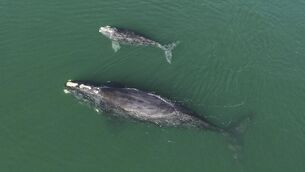Nature's 'helicopters' have something to say about the state of our environment
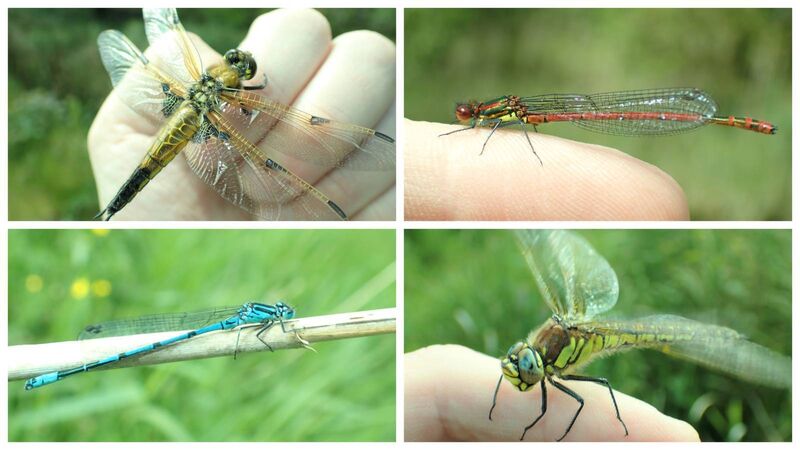
‘Devil’s darning needles’ is a strange name for a beautiful insect that has no sting, but this is what damselflies were once commonly called. ‘Horse stingers’ was once a widely used name for dragonflies, who also don’t sting. These intriguing insects, with their elongated abdomen, bright shimmering colours, and helicopter-like wings have much to tell us about their aquatic habitats.
But what we think of as a dragonfly is only the final life stage of these charismatic creatures — a small proportion of their overall life cycle. Before they emerge from the water, dragonfly nymphs spend up to two years underwater, swimming through submerged vegetation and clambering through the muddy bottom of lakes, canals, ponds, and other wetlands. These are formidable predators, with enormously large strong jaws to catch and eat other insects with, as well as predating on aquatic worms and even tadpoles. As they feed and grow, they moult their outer casing many times, gradually growing in size until it is time for the grand metamorphosis. Good water quality is essential to survive this aquatic stage and grow into a winged adult.
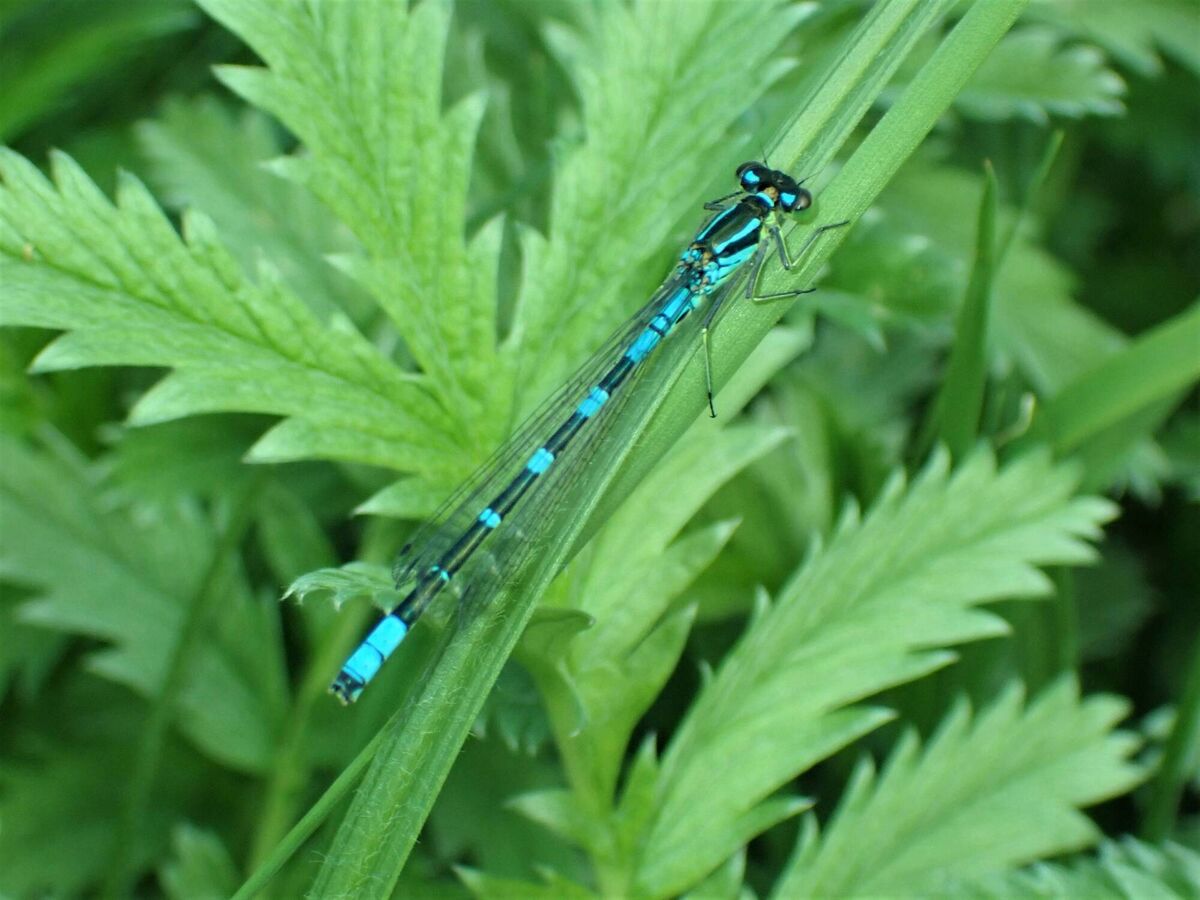
Then the nymph’s body cracks open for the final time, and a beautiful, winged adult slowly extracts itself from its old body. At first, the emergent dragonfly or damselfly is silvery grey — it takes a few days for the colour to develop — but they are ready to fly within a few hours, hungry after the metamorphosis. Examining a calm lakeshore at this time of year, where plenty of emergent reeds and other vegetation grows, you may spot a damselfly perched on a lily pad or a bulrush, the shell of its last nymph casing deposited nearby. Warm sunny weather is the best time to see them on the wing. When the weather is cool, they take shelter among grasses or scrub, as their wings are easily damaged by wind and rain.
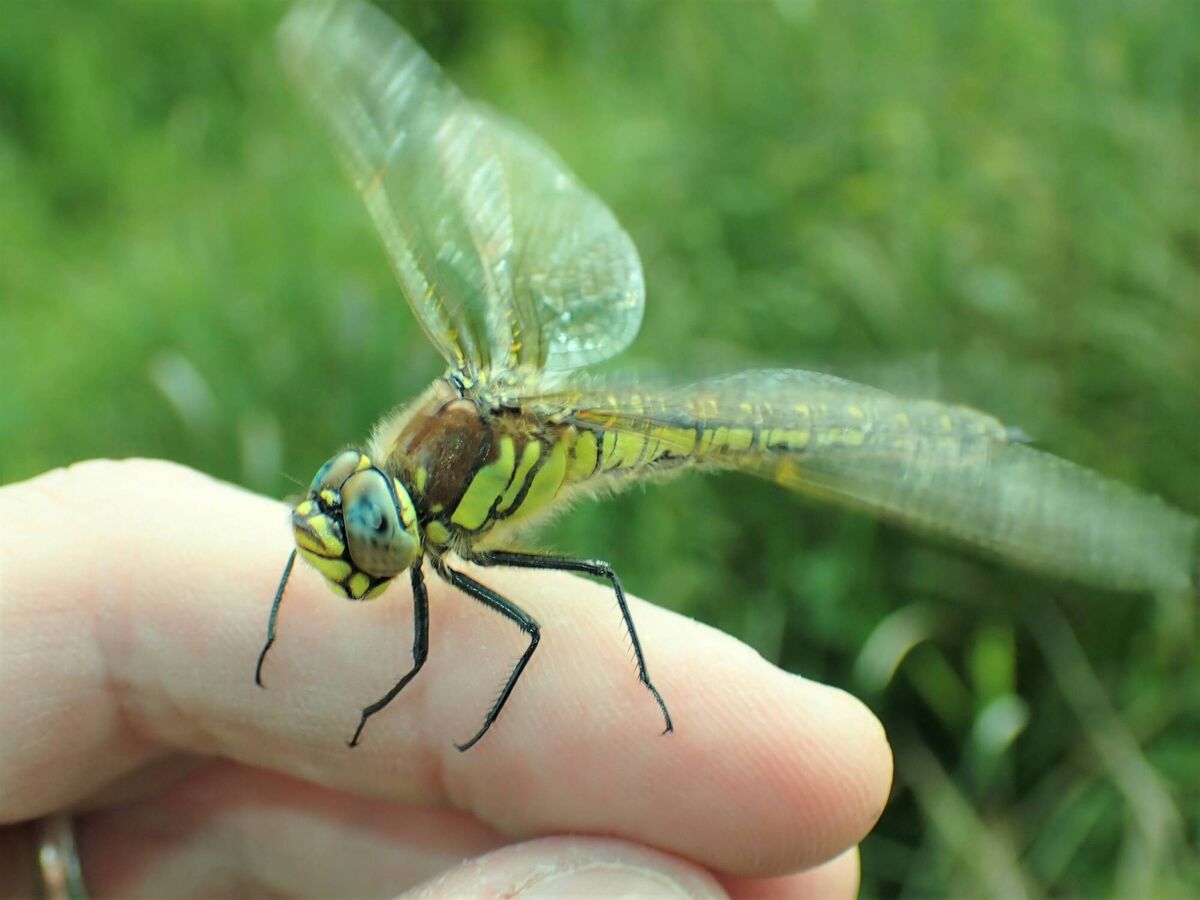
Adulthood lasts only a few weeks for most species. During this time, reproduction is the priority. Pairs can often be seen mating, clasped together in a heart-shaped ‘wheel’ on a reed near the water’s edge.
Dragonflies and damselflies, together known as ‘odonata’, live in a wide range of wetland habitat types. Ireland has 24 different species: each with different needs and habitat preferences. Summer is when they can be seen flying about near ponds and lakes, canals and lily pools, streams and rivers, peat bogs and other wetlands. Most need clean, unpolluted waters, open to sunlight, and a healthy quantity of emergent aquatic vegetation too, so most are also vulnerable to habitat loss and degradation.
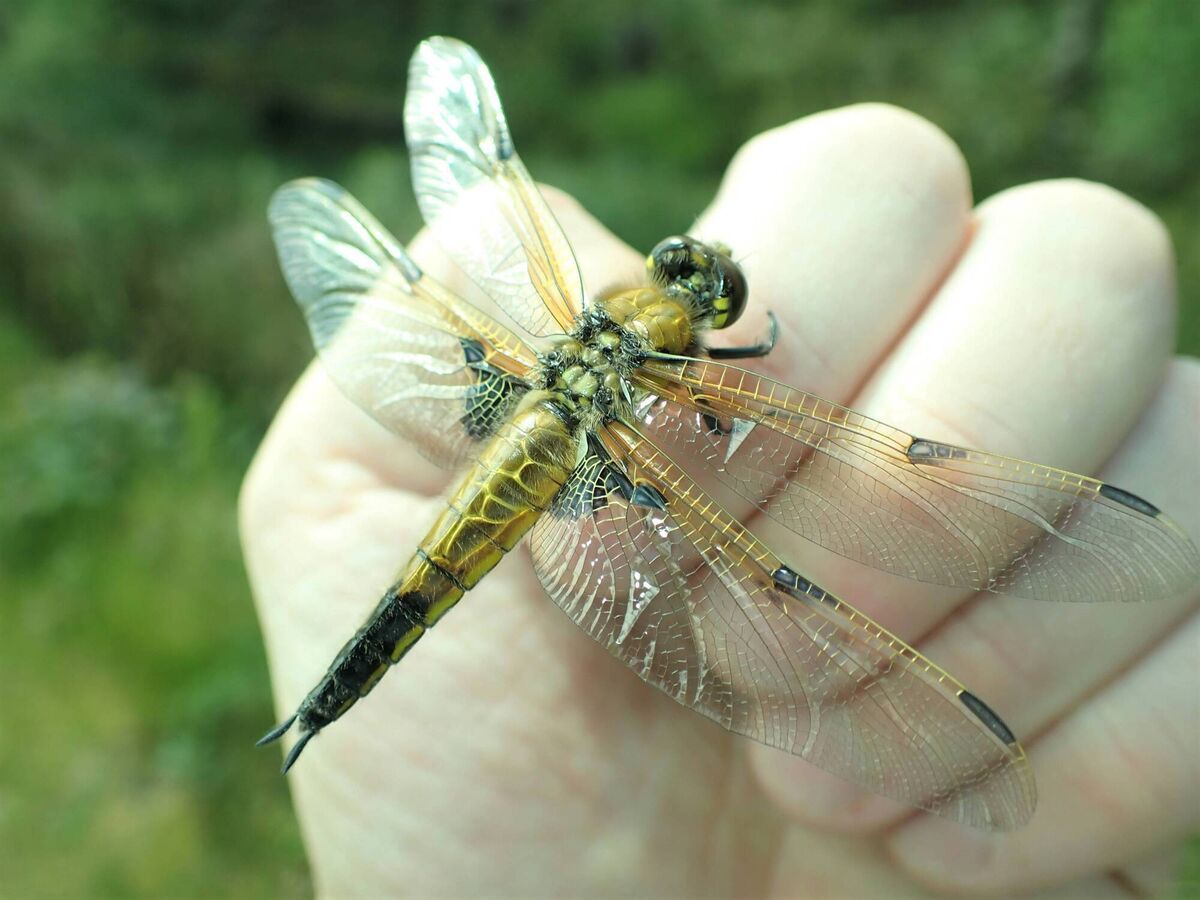
Four native species are classified as ‘Threatened’ and one more is considered ‘Near Threatened’. Three of the threatened species, ‘Northern Emerald’, ‘Downy Emerald’ and ‘Crescent Bluet’ are found in low nutrient status wetlands. The change brought about by nutrient enrichment of these habitats is regarded as the primary threat to these species.
As with so many threatened species, it is the enrichment of land with fertilisers, both slurry and chemical fertilisers, that is driving their decline and undermining the health of crucial wetland ecosystems. This trend is a warning for us, as dragonfly declines sound the alarm for a wider trend of deterioration in the health of Ireland’s natural environment.
While nutrients are polluting many wetland habitats, direct habitat loss is a significant challenge too. Countless wetlands have been lost over the past 40 years as a result of land drainage schemes and infilling of wetland areas. In some cases, this takes place to accommodate new developments, including roads and other infrastructure projects. Drainage of peat bogs, straightening of river channels, and drainage for afforestation have also contributed much to the loss of wetlands here. Ireland is one of the few countries in Europe to have been found in breach of the legal protection measures in place to protect wildlife from land-use changes that impact important corridors and stepping stones for wildlife, such as hedgerows and wetlands.
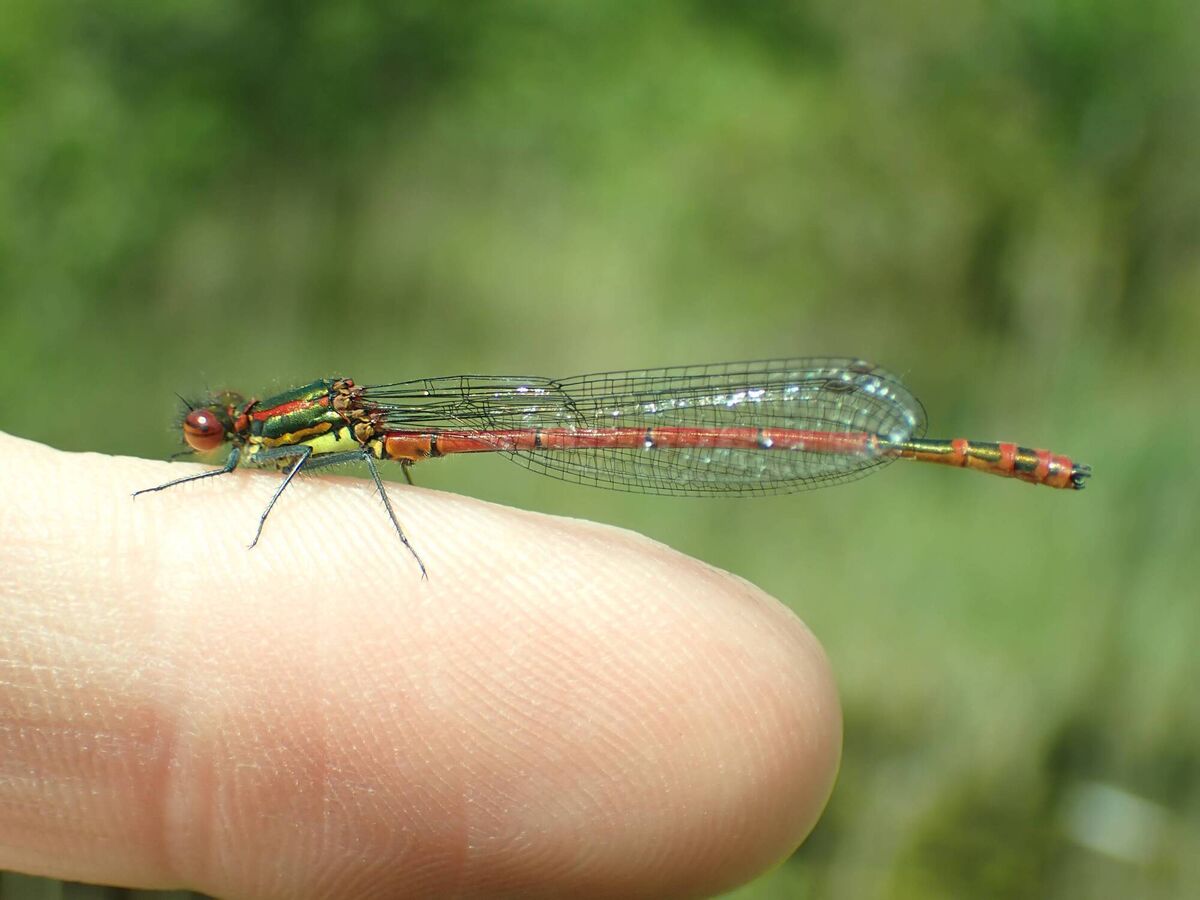
And because of climate change, several species across Europe are already shifting their range northwards as the climate warms. One of the best things we can do for wildlife in the face of climate change is to provide healthy habitats to strengthen resilience.
It’s not only damselflies and dragonflies that cannot cope with the extent of these many changes. A plethora of other wildlife is dependent on healthy wetlands, all interlinked and interdependent in complex communities. One of the more hopeful developments in this worrying picture is the county-based wetland surveys that have been commissioned by many local authorities. While these have highlighted alarming rates of loss, they also provide the baseline information needed to protect wetland sites from harm.
The National Biodiversity Data Centre is asking people to take part in an all-Ireland survey of dragonflies and damselflies (Dragonfly Ireland 2019 to 2024) and training courses are ongoing.
Citizen science research across Europe shows a trend of southern species moving northwards. More and more Mediterranean species have been reported in central and northern Europe, including Ireland. These shifting distribution patterns reflect the warming climate.
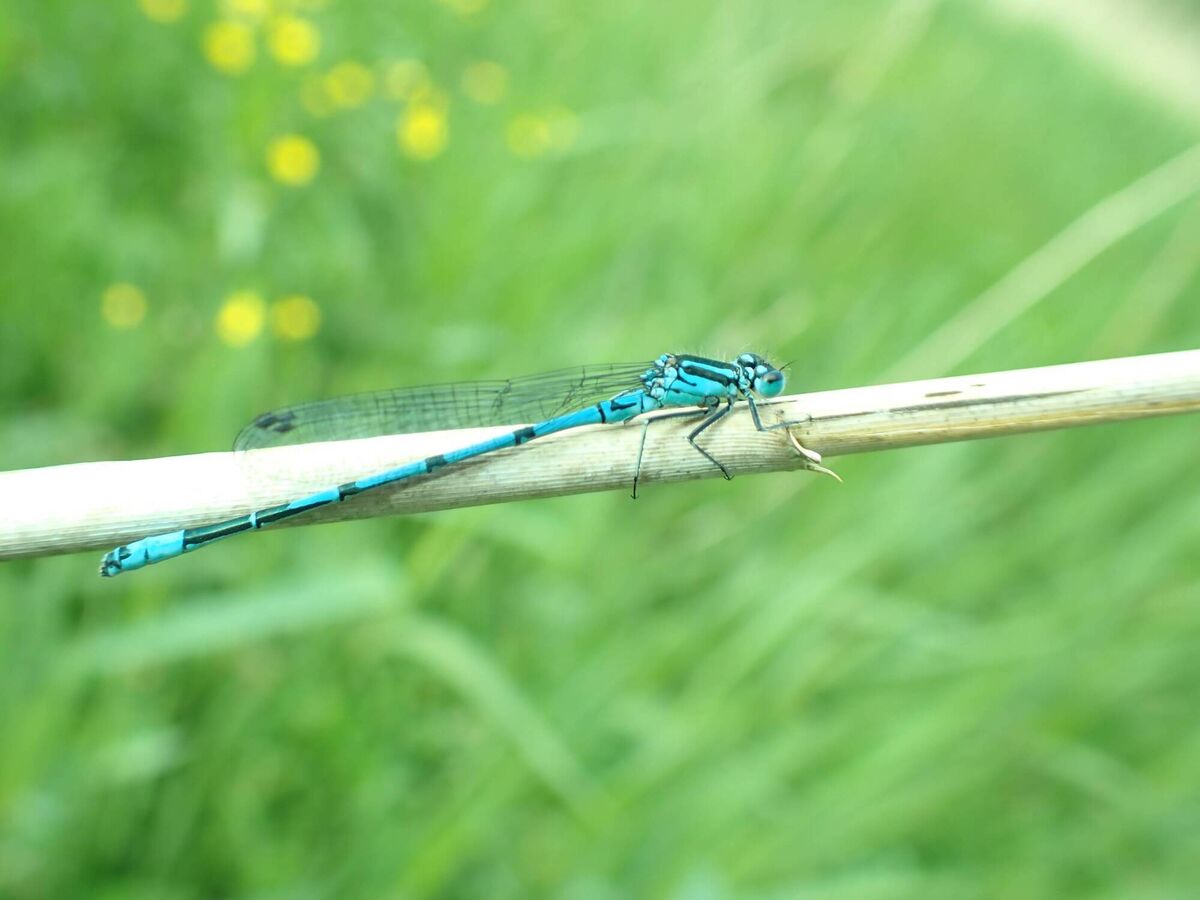
With so many threats assailing ecosystems, protecting what we have left is the priority, and restoring wetlands offers additional possibilities for recovery. Restoring wetlands that have been reclaimed for agriculture, forestry and other land use can bring back lost wildlife and enhance the carbon sink function of wetlands too.
In Japan, dragonflies are much loved and seen to symbolise happiness, strength, courage and success. There is a mighty task ahead, requiring us to apply all of these essential ingredients to conservation efforts.
Damselflies and dragonflies are beautiful, colourful, charismatic creatures, and they are telling us something about the state of our environment. It's time to listen up.
CLIMATE & SUSTAINABILITY HUB








